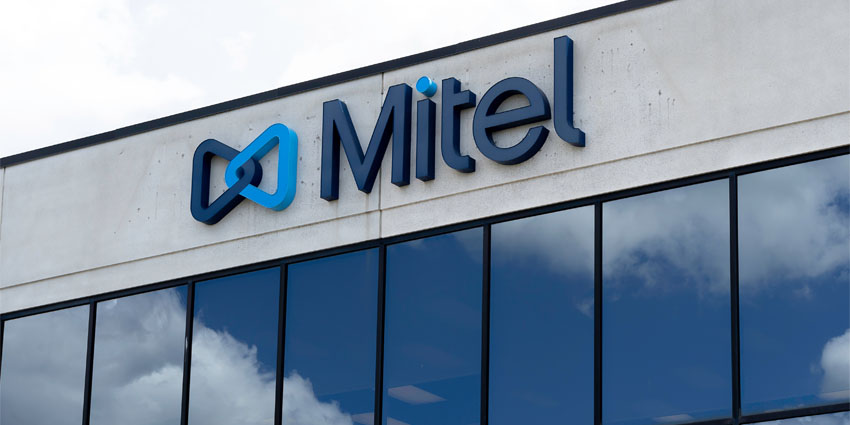Cisco’s Hosted Collaboration Solution (HCS) is a market leader in UC, but every solution is only as effective as it is accessible to users. Kurmi’s management platform for HCS is the only way to automate the entire client lifecycle, ensuring implementation of all of Cisco’s best practices in deployment. Kurmi is well known for managing multi-vendor ecosystems such as Cisco, Microsoft, Avaya, and others, while in the Cisco world, Kurmi manages CUCM for Cisco UC, and CUCDM for HCS.
Automating the process accelerates user onboarding for every client, which is essential at a time of economic fluidity and uncertainty — the beauty of cloud-based communications is the scalable as-a-service provisioning, but if onboarding is costly and complicated, this advantage is lost. By creating pre-planned deployment scenarios and designing the rules and parameters of user onboarding in advance, you can minimise operational costs, and ensure billing of new customers with maximum efficiency.
As individual as your customer
Because Kurmi is so deeply integrated with the Cisco HCS infrastructure capabilities, it enables you to design bespoke service bundles for your offering, uniquely tailored to their specific requirements. You can even offer a choice of locations to host their data centre.

Pick and mix your preferred feature sets, permissions, and endpoints, to create products which are directly aligned with what your customers actually need, instead of bundling superfluous features — because their requirements change, and vary so widely, depending on their vertical, environment, and also their growth trajectory. Building sustainable relationships with customers for the long-term means supporting solutions which will continue to grow with them.
Kurmi provides you with connectors out of the virtual box, with the full Cisco Unified Communications suite (CUCM, Unity Connection, CUP, Cisco Webex Hybrid) and contact centre (Cisco UCCX/PCCE) applications — but as Bruno Guirardel, Head of Product Management, explained in a demo video, there is a versatile SDK available too. “If you want to integrate clearly with your own ITSM system or marketplace, we’ll provide the API that will allow you to do that…. we will provide to you end-to-end provisioning from your systems to HCS, with all the applications you’ve got in your ecosystems.”
Zero-touch day-to-day
While you remain close to your customers strategically, you don’t want to be servicing every day to day change in provisioning, and Kurmi enables service providers to automate all of their moves, adds, changes and deletes (MACD) — the operational nerve pulses of UC deployment. By setting up logical templates and processes for all of this by design, it eliminates human error as well saving time and money.
But locking down functionality to specifics in this way does not limit the potential of Cisco HCS, because advanced multi-level delegation features and role-based management allow for uniquely granular set-ups, which work with and support your end user’s processes and workflow. The self-care portal also enables operations like password resets and service activation — letting you and your customers work together to decide which features will be accessible at which level of user, from self-activation through to vendor support.
Partnership at the next level
Because of Kurmi’s multivendor credentials and broad industry experience, they are the perfect partner both for transitions – such as phasing out CUCDM and switching to managed HCS – with minimal business disruption and stress, throughout the change management process and in developing smooth workflows going forward. The complexity and power of the Cisco HCS can therefore be simplified to a truly user-friendly interface via Kurmi, which allows all the day-to-day management to be delegated to your customer’s administrators.
When onboarding and MACD can be managed in-house, this minimises support interactions, and enables your relationship to be about strategic partnership rather than daily minutiae — thus positioning UC provision where it deserves to be for your customers, at the heart of sustainable business facilitation.







